The Australian "superfood" industry has exploded in recent years, with shelves packed with exotic powders, seeds, and berries promising miraculous health benefits. But beneath the glossy marketing and celebrity endorsements, a growing body of research suggests many of these products may be little more than overpriced placebos. A closer examination reveals a troubling pattern of exaggerated claims, poor regulation, and consumer exploitation in the name of wellness.
One of the most glaring examples is the acai berry craze. Hailed as an antioxidant powerhouse and weight-loss miracle, this Amazonian fruit became a staple of detox diets and juice cleanses. However, independent nutritional analyses show that acai contains comparable levels of antioxidants to common blueberries at nearly ten times the price. The dramatic purple hue and exotic origin appear to be doing most of the heavy lifting in consumer perception rather than any unique nutritional profile.
Quinoa tells a similar story of inflated expectations. While undoubtedly a nutritious grain alternative, its protein content has been wildly overstated in marketing materials. Nutritionists note that you'd need to consume impractical quantities to see significant benefits over traditional whole grains. The environmental impact of mass quinoa farming has also been conveniently omitted from most promotional materials, with soil depletion and water usage far exceeding that of local grain crops.
The situation becomes particularly problematic with processed superfood products. Expensive "activated" nut varieties, for instance, undergo a soaking process claimed to enhance nutrient absorption. Yet food scientists have found no meaningful difference in bioavailability compared to regular nuts. The "activation" appears to be more marketing terminology than legitimate food science, allowing companies to charge premium prices for what are essentially standard products.
Maca root powder exemplifies how cultural appropriation fuels superfood hype. Traditionally used in Peruvian medicine, Western marketers have rebranded it as a libido-enhancing wonder supplement. Clinical trials show inconclusive results at best, with most perceived benefits likely attributable to placebo effect. The appropriation raises ethical questions about profiting from indigenous knowledge while providing little evidence to support extravagant health claims.
Perhaps most concerning is the regulatory vacuum surrounding superfood labeling. Unlike pharmaceutical claims which require rigorous testing, food producers can make nearly any health assertion without substantiation. Terms like "detoxifying" or "energy-boosting" carry no legal definitions, allowing companies to prey on consumer hopes rather than scientific reality. This regulatory gray area has created perfect conditions for pseudoscientific marketing to thrive.
The psychological drivers behind superfood mania reveal much about modern wellness culture. In an age of increasing health anxiety and distrust of conventional medicine, these products offer an illusion of control through consumption. The premium pricing itself becomes part of the appeal, with expensive purchases serving as symbolic investments in one's health regardless of actual efficacy. This emotional dimension makes consumers particularly vulnerable to misleading claims.
Nutrition experts increasingly argue that the entire superfood concept is fundamentally flawed. No single food can provide miraculous health benefits, and focusing on exotic ingredients distracts from the proven benefits of balanced, varied diets. The astronomical markups on these products appear unjustified when compared to locally available alternatives offering similar nutritional profiles at a fraction of the cost.
As consumers grow more skeptical, some companies have shifted tactics toward "functional foods" - products with added vitamins or probiotics. While slightly more substantiated than pure superfood claims, many of these innovations still suffer from the same core issue: attempting to monetize simple nutrition through pseudoscientific marketing rather than providing genuine dietary value. The cycle of hype continues under new branding.
The environmental cost of superfood trends deserves particular scrutiny. Air-freighted exotic ingredients carry heavy carbon footprints, while monoculture farming for in-demand products like chia seeds has disrupted traditional agricultural systems. The sustainability claims often attached to these products rarely withstand scrutiny, representing another layer of misleading marketing in an already problematic industry.
Financial analysts note that superfood marketing follows predictable boom-bust cycles. Once a product's hype peaks and consumers realize the underwhelming reality, companies simply move on to the next exotic ingredient. The pattern suggests an industry built on planned obsolescence rather than genuine nutritional innovation, with each new "miracle" food destined to join its predecessors in the graveyard of forgotten health fads.
Consumer protection agencies have begun taking notice, with several high-profile cases of false advertising claims being brought against superfood companies. However, legal action remains challenging in an industry that specializes in implied rather than explicit promises. The vague language of wellness marketing provides ample room for plausible deniability when claims are questioned.
Nutritionists propose a simple antidote to superfood hype: return to basic dietary principles. Seasonal vegetables, whole grains, and lean proteins provide all necessary nutrients without exotic branding or premium pricing. The real "super" foods may have been in our kitchens all along, overshadowed by clever marketing of far more expensive alternatives with questionable additional benefits.
As the evidence mounts against many superfood claims, consumers face a choice: continue chasing expensive nutritional mirages or embrace the boring truth that sustainable health comes from balanced eating patterns rather than magical ingredients. The Australian experience serves as a cautionary tale for global markets equally susceptible to food fads and pseudoscientific marketing.
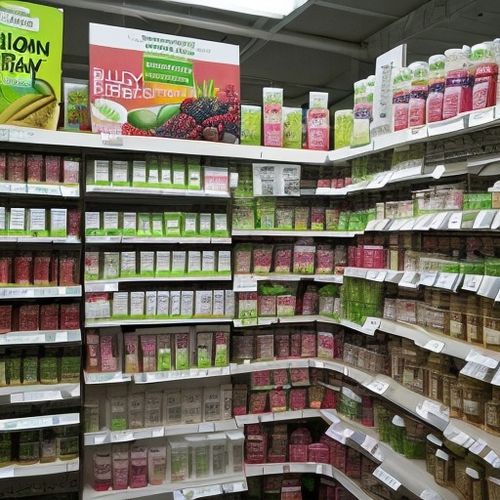
By Elizabeth Taylor/Apr 10, 2025

By Laura Wilson/Apr 10, 2025

By Natalie Campbell/Apr 10, 2025

By Daniel Scott/Apr 10, 2025

By Sarah Davis/Apr 10, 2025
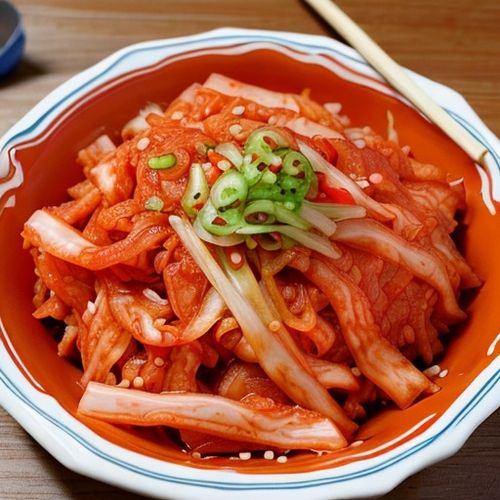
By Michael Brown/Apr 10, 2025

By George Bailey/Apr 10, 2025
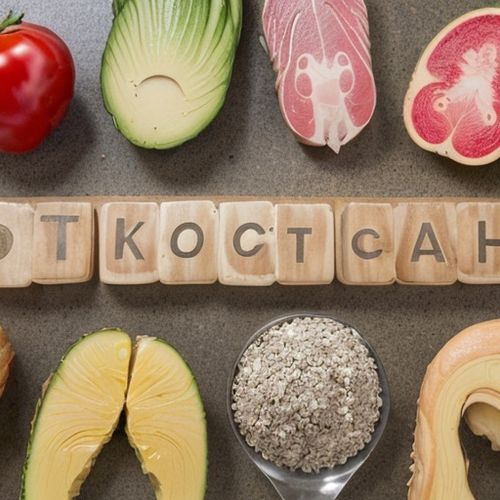
By Thomas Roberts/Apr 10, 2025
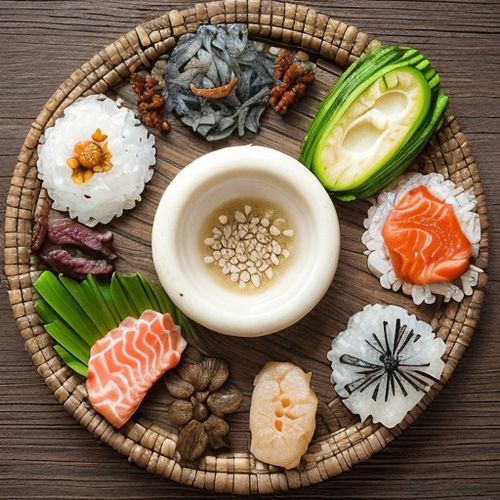
By Sarah Davis/Apr 10, 2025
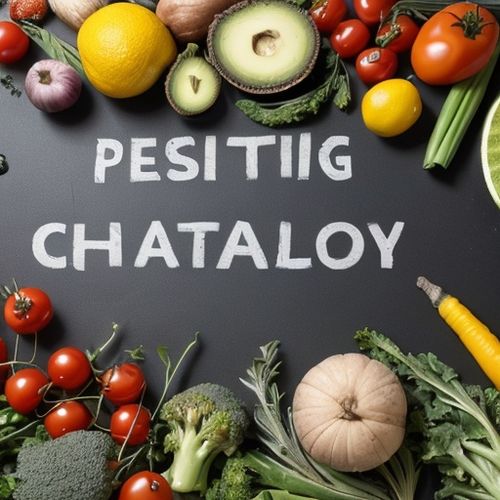
By William Miller/Apr 10, 2025

By Natalie Campbell/Apr 10, 2025

By Ryan Martin/Apr 10, 2025

By Benjamin Evans/Apr 10, 2025

By John Smith/Apr 10, 2025

By Grace Cox/Apr 10, 2025
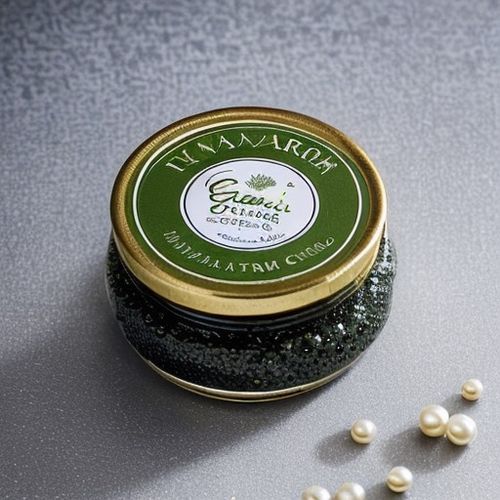
By Victoria Gonzalez/Apr 10, 2025
By Natalie Campbell/Apr 10, 2025